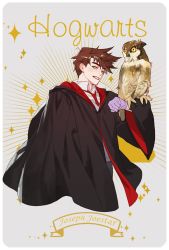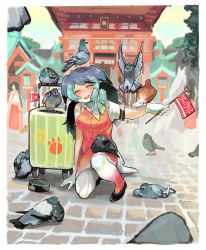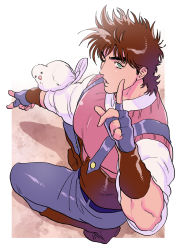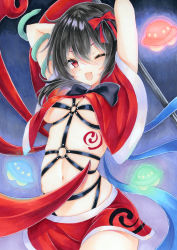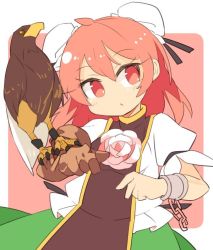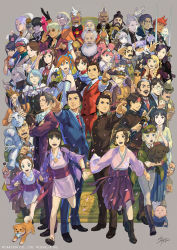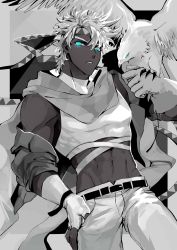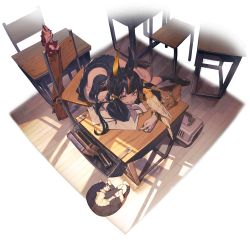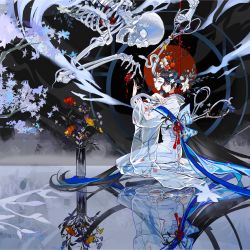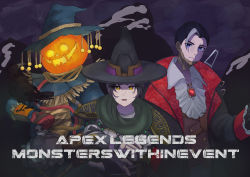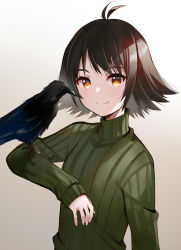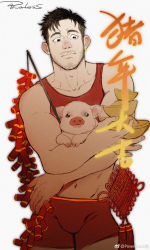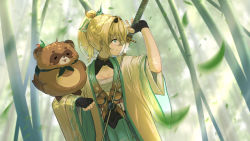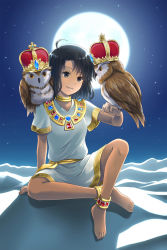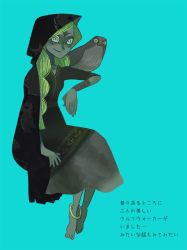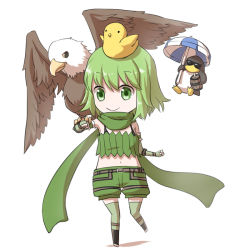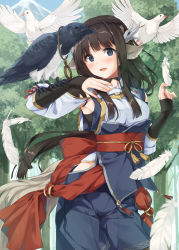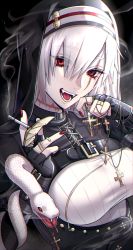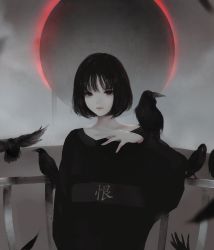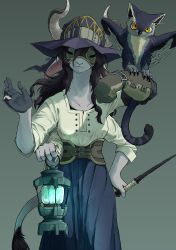
Notice: We serve 1 popunder per 12 hours. You can disable one type of ad in your account settings, under options, when logged in. (Dismiss)
Tags
- ? + - doggo 1d34 110
- ? + - original 1336329
- ? + - absurdres 2201876
- ? + - commentary 732151
- ? + - english commentary 271110
- ? + - highres 6610954
- ? + - 1girl 7471795
- ? + - animal ears 1280950
- ? + - animal on arm 1239
- ? + - belt 385128
- ? + - bird 110552
- ? + - black hair 1864357
- ? + - blue skirt 178179
- ? + - breasts 4760932
- ? + - brown belt 27822
- ? + - cat ears 322807
- ? + - cat tail 187473
- ? + - chimera 1340
- ? + - closed mouth 1178676
- ? + - colored skin 181211
- ? + - cowboy shot 596504
- ? + - creature 27178
- ? + - falconry 113
- ? + - furry 141767
- ? + - furry female 66261
- ? + - gloves 1527828
- ? + - goat ears 3557
- ? + - goat girl 2401
- ? + - goat horns 11595
- ? + - goat tail 875
- ? + - gradient background 222553
- ? + - grey background 290423
- ? + - grey skin 18646
- ? + - hair between eyes 1230517
- ? + - hand on own hip 179602
- ? + - hands up 182753
- ? + - hat 1279389
- ? + - high-waist skirt 34171
- ? + - holding 1352566
- ? + - holding lantern 3554
- ? + - holding wand 8930
- ? + - horns 527888
- ? + - lantern 27217
- ? + - long hair 5031467
- ? + - long skirt 31677
- ? + - looking at viewer 3866687
- ? + - mask 160593
- ? + - owl 4226
- ? + - purple hat 11281
- ? + - shirt 1944843
- ? + - signature 302151
- ? + - simple background 2124976
- ? + - single glove 42296
- ? + - skirt 1698703
- ? + - slit pupils 69050
- ? + - small breasts 648502
- ? + - smile 3315754
- ? + - snout 8446
- ? + - solo 5796589
- ? + - standing 1086922
- ? + - tail 895702
